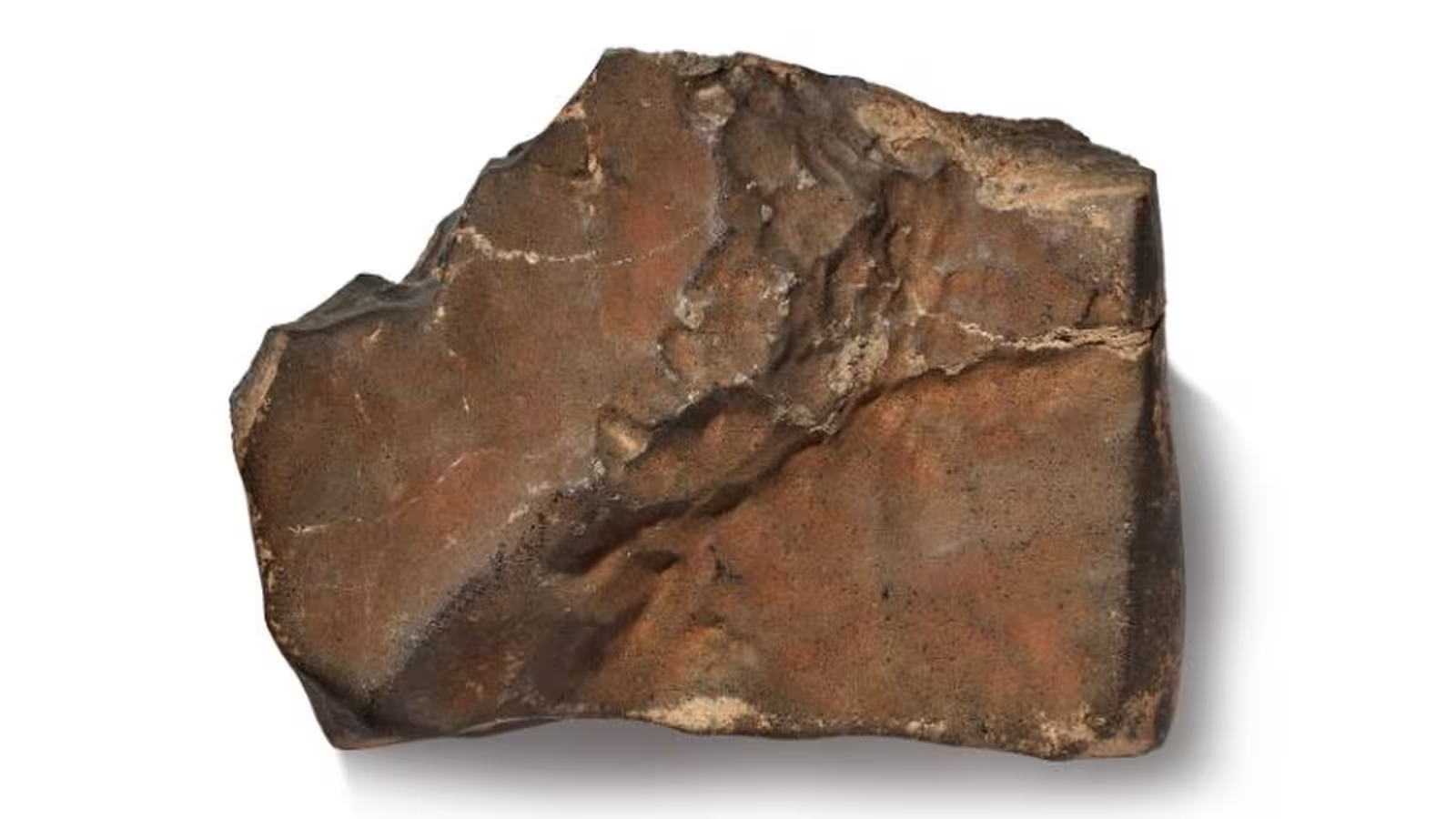3 Minutes
The Largest Known Martian Meteorite Ever Auctioned
A significant chapter in planetary science was written as the largest intact piece of Martian rock ever discovered on Earth, designated NWA-16788, fetched an astounding $5.296 million at a Sotheby's auction. Surpassing all pre-auction expectations, this rare Martian meteorite—measuring 24.67 kilograms (54.39 pounds)—was sold to an anonymous collector, breaking previous sales and size records for Martian specimens.
Discovery and Scientific Significance
NWA-16788 originated from Mars and arrived on Earth comparatively recently, as indicated by its exceptionally well-preserved condition and minimal exposure to terrestrial weathering. Discovered in November 2023 by a meteorite hunter in the Agadez region of Niger, a small portion of this rare rock was sent to the Shanghai Astronomy Museum. There, advanced analyses confirmed its Martian origin, reinforcing its value to both the scientific community and collectors.
Martian meteorites offer direct insight into the geological history and conditions on Mars, providing essential data for research in planetary formation and the evolution of the solar system.
Formation and Unique Features of NWA-16788
Examined by experts, NWA-16788 exhibits distinct scientific characteristics. Analysis suggests this meteorite was launched from Mars after a powerful asteroid impact struck the Red Planet, propelling Martian material into space and eventually to Earth. The rock’s composition includes approximately 20% maskelynite—a special glass formed when feldspar is subjected to intense heat and pressure during such high-energy impacts. Its structure is further defined by a coarse-grained texture comprising primarily pyroxene, olivine, and, notably, maskelynite.
This micro-gabbroic classification makes the meteorite particularly rare; only about 5.4% of identified Martian meteorites share these mineralogical and textural properties. Its primitive condition means its chemical and physical traits remain close to how they were when it first arrived on Earth, offering a pristine sample for scientific study.
.avif)
Mixed Reactions in the Scientific Community
The sale of NWA-16788, while a triumph for collectors, has sparked debate among scientists and educators. Some experts, such as paleontologist Steve Brusatte from the University of Edinburgh, caution that extraordinary specimens like this should be preserved in public institutions. In his remarks to CNN prior to the auction, Brusatte emphasized the importance of keeping such meteorites accessible: "It belongs in a museum, where it can be studied and appreciated by the public, students, and researchers alike."
However, others see potential for continued research. Planetary scientist Julia Cartwright of the University of Leicester highlighted the ongoing importance of such specimens regardless of ownership: "The scientific interest will remain, and the new owner may be very interested in learning from it, so we may still gather lots of science from this."
Uncertain Future for a Rare Martian Relic
With the identity of the successful bidder kept secret, it remains unclear whether NWA-16788 will enter a private collection or become available for public display and research. The question of balancing private ownership against public scientific value remains at the forefront of ongoing discussions about rare planetary materials.
Conclusion
The record-setting sale of the largest Martian meteorite ever found on Earth not only highlights growing interest in space science and extraterrestrial geology, but also sparks vital conversations about stewardship of rare planetary materials. As scientists hope for continued access to such significant finds, NWA-16788 stands as a remarkable testament to the ongoing allure—both scientific and cultural—of Mars and its mysteries.
Source: sciencealert



Comments